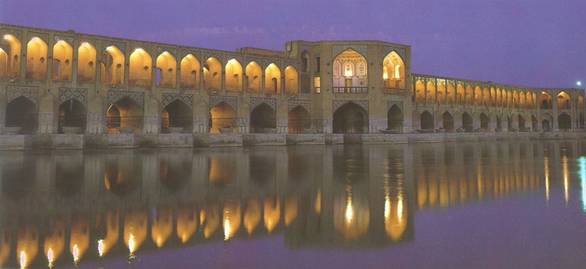THE MOTAMEDI NAME
Upon completion of the task of renovating Imam Ali’s Holy Shrine in Najaf, Iraq, Nasseraldin Shah, who was extremely impressed with Ostad Ahmad’s architectural excellence, bestowed upon him the title Motamed-al-Banna (Trustworthy Builder), the most prominent honor of the time in the Memari profession.
By then, Ostad Ahmad had relocated to the city of Esfahan along with his wife and four children: Ostad Abdolkarim, Ostad Sadegh, Fatemeh-Khanom and Hajereh-Khatoon. It is not known when Ostad Ahmad passed away, but it was Ostad Abdolkarim who insisted on immortalizing his father’s fame and persuaded his relatives to adopt the family name, Motamedi -- which in Arabic means Confidant and Trustworthy. Many accepted the proposal and legalized Motamedi as their family name. But many others chose names that reflected their own branch such as Ghorbani, Moarefi-Memar and Ghassemzadeh. Some family members wanted to be associated with their Ancestor Mohamad and adopted Motamedi-Mohamadian. Others chose Motamedi-Mohamadabadi.
Henceforth, in Esfahan and surrounding communities, the name Motamedi became synonymous with Memari (architecture). And, in fact, many individuals who married Motamedis, also adopted their spouses' identity.
Today, many Motamedi families live in Esfahan -- the second largest city in Iran. Many continue to live where their parents and grandparents established residence: in the vicinity of Khajoo Bridge, a unique architectural artwork and a major tourist attraction site. The bridge is 105 meters (115 yards) long and 14 meters (15 yards) wide and links the Khajoo quarter on the north bank with the Zartoshti quarter across the Zayandeh Rood (River).
Esfahan’s majestic Khajoo Bridge is a highly sought-after tourist attraction landmark.
